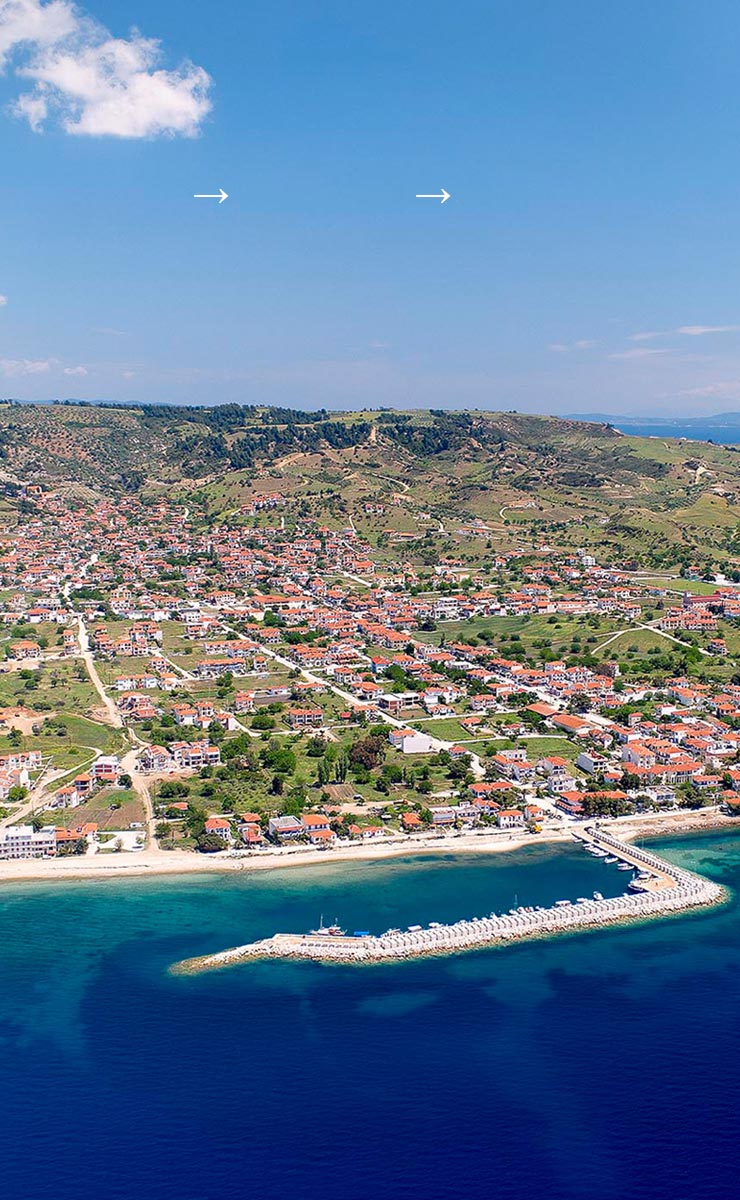The seaside resort of Nikiti is where history and tradition meet the Aegean. Beneath its modern charm lie centuries of stories — from prehistoric settlements and ancient cities to early Christian churches that once shaped this coastal land.
In antiquity, the area was home to Galipsos, mentioned by Herodotus in 480 BC during the Persian campaign. Once a member of the Athenian League, the city later rebelled, leaving behind traces still visible near Kastri. Nearby stood other ancient towns — Physkella and Parthenopolis, the latter believed to have given its name to the modern mountain village of Parthenonas near Neos Marmaras.
During the Byzantine and early Christian periods, the region flourished. Churches dedicated to Saint George and Saint Sophronios, as well as one in Elia, reveal the area’s deep spiritual heritage.
By the 14th century, most of Nikiti’s lands belonged to the monasteries of Mount Athos, while a small independent village, Psalida, was destroyed by Catalan forces.
In 1821, during the Greek War of Independence, locals were forced to flee but later returned to rebuild their homes, preserving their traditions and strong community spirit.
Modern Nikiti consists of two distinct worlds: a vibrant seaside promenade filled with cafes, hotels, and beach bars — and the old village, perched above the main road, where time seems to stand still. Stroll along its narrow cobbled lanes, past stone houses with wooden balconies draped in vines and flowers, and feel the authentic soul of Halkidiki.












